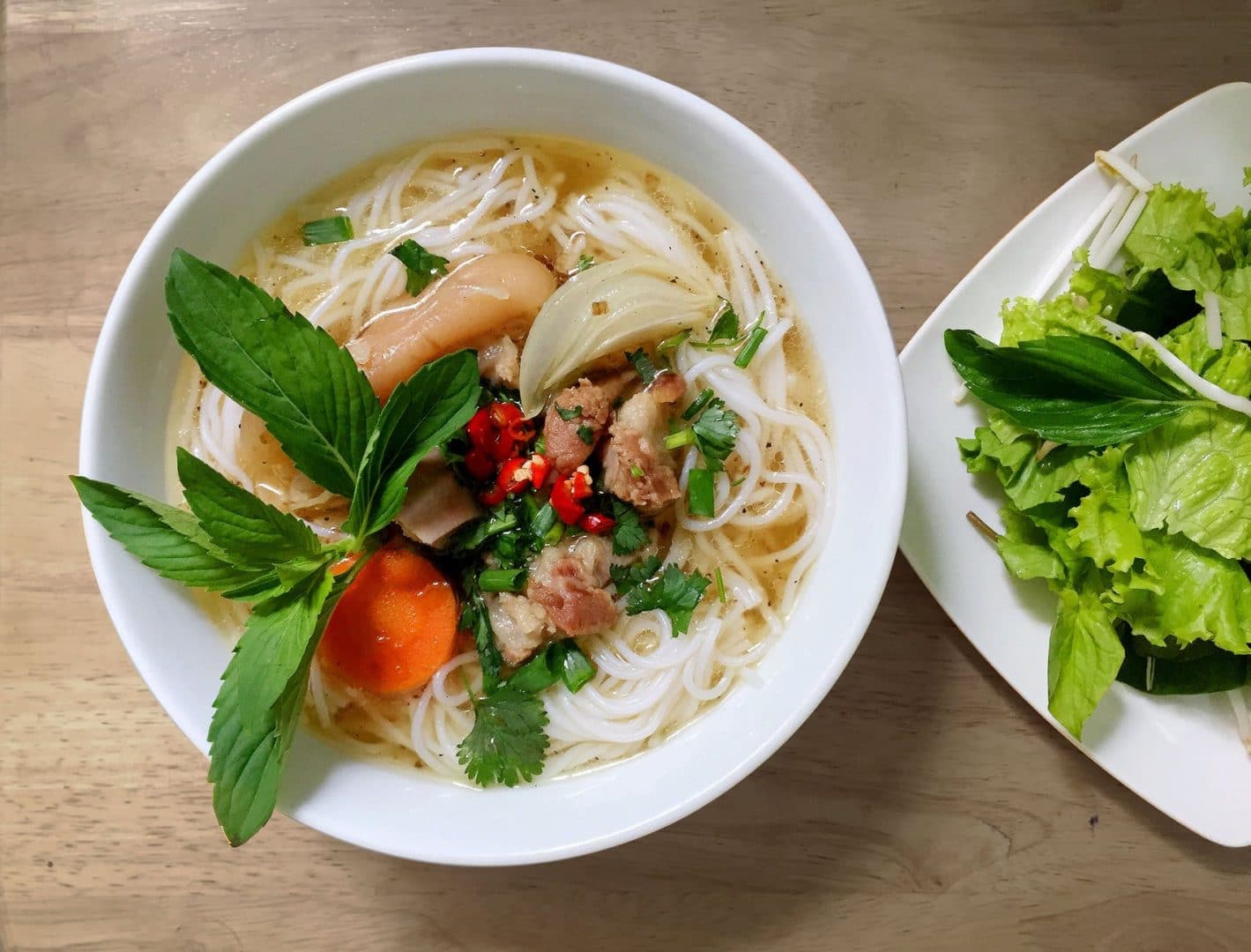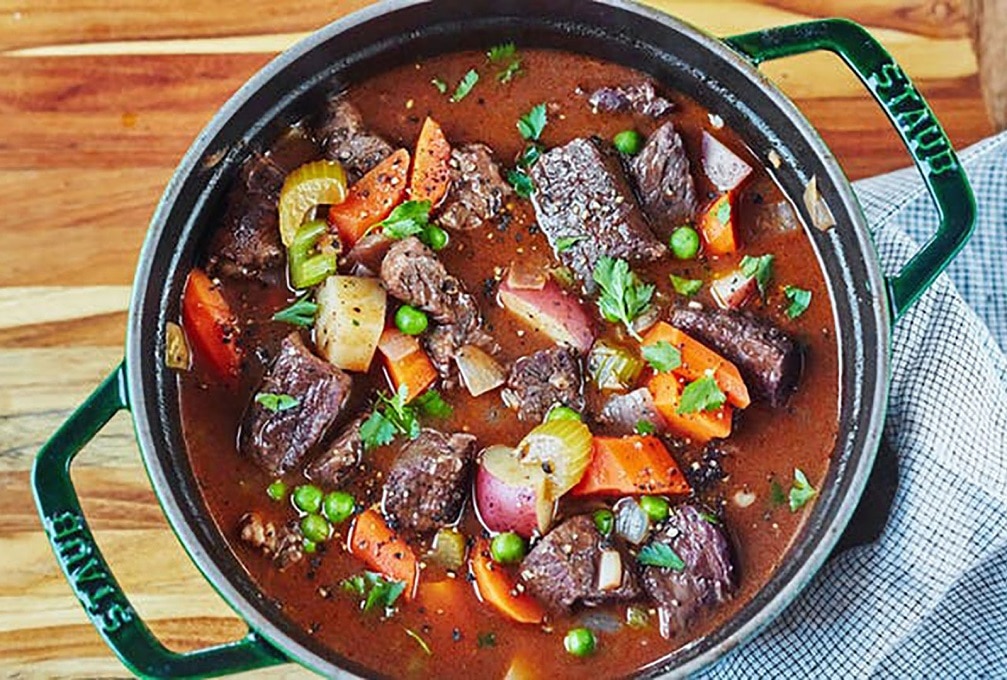Needlework occupies an important place among the various branches of Ukrainian decorative art, and remains to this day one of the most widespread hobbies of women and even some men.
One aspect that makes Ukrainian needlework so interesting is that it is so varied. Every region – from Poltava, Kyiv, and Chernihiv in the East, through Volyn and Polissia in the Northwest, to Bukovyna, and the Hutsul area in the Southwest – passed through a long period in its history before its ornamental motifs and compositions, as well as its favorite choice of colors and types of stitches, took permanent shape and became specific to that particular region. Varying ways of life dictated by geography and differing political and economic realities, as well as the particular beauty of surrounding nature, all found reflection or embodiment in Ukrainian needlework. A delicate poetical perception of the world, implicit to the rural dweller, may be seen in the names given ornamental motifs and elements: “periwinkle”, “ram’s-horns”, “nightingale’s-eye,” and so on.
Expressive artistry and diversity in needlework depends not only on creating a perfect decorative composition or on a delicate sense of color tone, but, to a greater extent, on the choice of embroidery stitches appropriate to the given design. This is the main reason why it took centuries to perfect even a single ornament and the technique involved in creating it. In Ukraine, every locality has its favorite needlework stitches and its traditional use of colors – altogether over a hundred main and auxiliary stitches.
Needlework Designs are Very Diverse
They are fitted to a definite pattern chosen to suit the size and shape of the article to be embroidered, in most cases – a shape rectangular in form. Interest is focused above all upon embroidering women’s and men’s shirts (“sorochky”). In the latter, the often-narrow neckline collar and front placket are embroidered; in women’s shirts, the main focus was usually on the richly embroidered sleeves.
Central and Eastern Ukrainian embroidery consists of geometric or geometric-stylized forms and plant ornaments. The color range of the motifs is very delicate and very diverse as to individual details. They are exquisite, and have a definite festive air about them. Favorite colors used in the Poltava Region include pale blue, white, light ochre, pale green and gray tones. However, the main artistic effect is achieved not by the wealth of color used, but by the masterful blending of these soft quiet tones. Poltava products are especially famed for their “white-on-white” and openwork embroidery. The fine white threads fan out in different directions according to the pattern and seem to create a delicate play of light and shadow.
The red, red-blue (or red-black) color scheme plays an important role in Central- and Eastern-Ukrainian embroidery, as it did throughout almost the whole of Ukraine.
The grandeur of nature in the Carpathian Mountains with its vivid coloring has influenced needlework in Western Ukraine (especially in the Hutsul Region), giving it monumental geometric ornament and a sharply contrasting palette. The compositions, for the most part, are composed of closely joined elongated rhombs executed with exact precision. The strict segmentation of the geometric elements created a complex rhythmic form that is very dynamic due to the predominant oblique lines. Besides the now widely used cross-stitch, we still find the favorite ornamental needle-weaving stitch called “nyzynka”, which is executed predominantly on the reverse of the fabric and gives a sort of “tweed” effect. This is one of the most archaic of traditional Ukrainian stitches that, in combination with the predetermined areas of white background material that peak through the densely laid threads, emphasizes the clear-cut silhouette of the main patterns.
The Aesthetically Pleasing Oldest Embroideries
In the Lemko Region – the westernmost of Ukrainian ethnic territory, located in the Carpathian Mountains and currently divided chiefly between present-day Poland and Slovakia — the oldest embroideries were executed very sparingly in simple yet aesthetically pleasing red and red-blue linear motifs; with time, these diminutive motifs became more pronounced and included the accent colors of blue, green and yellow. Exquisitely detailed and minute embroidery akin to smocking was worked over the fine pleating of women’s headcaps (“cheptsi”) and cuffs of Lemko women’s shirts (though the sleeves were usually left totally unembellished or with only a narrow band of embroidered ornamentation across the top of the sleeve at shoulder level.) Whereas the embroideries on the women’s shirts were reserved, wonderfully expressive and large embroidered “tree of life” motifs adorned the expansive headscarves, called “fatselyky,” usually worn by the older Lemko matrons. Though originally worked mainly in red thread with only some blue, eventually other colors were added (as was the case with other Lemko embroideries). The men’s shirts were intricately embroidered on their collars and cuffs in a combination of white thread with spots of other colors added; as time went on, larger and more colorful motifs began to be embroidered not only on the collar and cuffs, but also on the front breast area of men’s shirts, especially those worn by young men of marrying age.
Immediately to the East of the Lemkos live the Boikos, whose embroideries varied from simple red-blue geometric motifs in the western reaches of their territory, to wide, densely worked geometric and/or floral patterns in the eastern and southern reaches. Boikos were also well known for their finely embroidered pleated smocking work – called “bryzhky,” which were found mainly around the collars and sleeve cuffs of women’s and men’s shirts, but also along the top hems of women’s aprons. Whereas the extreme western reaches of the Transcarpathian (Zakarpattia) Region are inhabited by Lemkos, ethnographers have found that the Ukrainians of the lowland territories of this region are an extension of the Galician Boikos neighboring to the north. Needlework in this area, esp. in the vicinity of Khust, comes in many distinguishable variations – from large densely worked mono- and polychrome embroideries executed in thick wool threads that produce a sort of weaving effect, to cross-stitched motifs and even light, airy cut and open work patterns. As was the case with the embroideries of the Lemko and Galician Boiko Regions, finely embroidered gatherings were also popular in the embroideries of many of these areas of the Southern, or Transcarpathian if you will, Boiko Region.
The embroideries of Bukovyna are among the richest in all of Ukraine, combining a very broad color palette (sometimes with as many as nine or more colors, including silver and gold metallic thread as well as metal sequins and colored glass beads) with a diverse repertoire of stitches. The sleeves of women’s holiday shirts were typically profusely embroidered from the top of the shoulders all the way down to the cuffs: Horizontal bands of tightly worked motifs covered the shoulder inserts – called “plechyky” – from just below the collar downward to about one-third the length of the arm. Immediately below this was a narrower or wider horizontal band worked predominately in one color, usually yellow, green, red, blue or white, called the “morshchynka”. From the bottom of the “morshchynka” all the way to the end of the sleeve ran a large vertical “tree of life” motif bordered on its sides with narrower vertical bands of separate or joined motifs. Or, instead of this “tree of life” motif, the sleeves were covered with tightly nested oblique stripes of embroidered ornamentation that complemented the motifs used on other parts of the shirt. The men’s shirts were perhaps less densely embroidered, but just as exquisite in their use of stitchings, colors, beads, etc.
The Needlework of Pokuttia
The needlework of Pokuttia was also rich and intricately executed; although quite varied; red was the predominate color in many of the styles of embroidery in this region, usually being worked in thick home processed wool threads, sometimes with accents of yellow, green and blue added. Although cross-stitch was not uncommon, the older and more traditional technique was that of the so-called “curly stitch” (quite popular, in fact, throughout many areas of Southwestern Ukraine). This technique resulted in dense patterns that were discernable due mostly to how light and shadow played across the texture of the carefully laid thick wool threads, with only the outlines of the embroideries visible from afar because of their contrast with the bright white ground material of the linen upon which they were worked. In some parts of Pokuttja (and neighboring Podillia), esp. the Sniatyn district, wide motifs of intricately worked white-on-white embroidery combined with open work were popular. The embroideries of Podillia were similar in many respects to that of both Bukovyna and Pokuttja, with discreet yet recognizable differences in color scheme, motifs and placement that nonetheless set them apart.
Halychyna, also known as “Eastern Galicia”, in Western Ukraine, boasts a variety of embroidery styles that were specific for individual localities and/or micro-regions. An excellent example of this phenomenon would be needlework done in the traditional Yavoriv, or Sokal, styles; when one sees such a piece of embroidery there is no mistaking its origin.
In the northwest and north of the overall Ukrainian ethno-historic territory one finds the regions of Pidliashshia, Volyn and Polissia. Often living in villages situated among desolate marshes and bogs, the people of these regions – especially Polissia – were extremely conservative and stubbornly held on to their traditional way of life, including needlework traditions that were preserved relatively intact from the oldest of times. Red, as well as red-blue (and, with time – red-black), were the predominate color schemes in the archaic geometric embroideries of these northern regions of Ukraine, executed primarily in dense rows of a horizontal needle-weaving stitch (called “zavolikannia”) that created horizontal bands of patterns reminiscent of weaving. Also popular were floral motifs, which were executed in the same red, red-blue or red-black palette as the needle-woven bands, but in the much more recent technique of cross-stitch.
Even with so much diversity, the various styles of needlework found throughout the ethno-historic territory of Ukraine, when taken together, represent a definite Ukrainian national style of embroidery.





